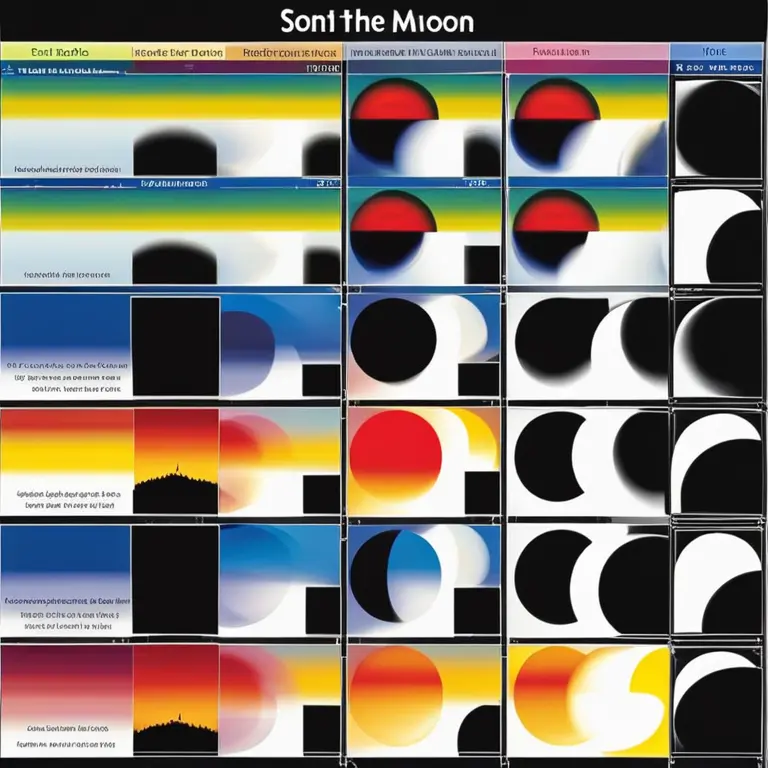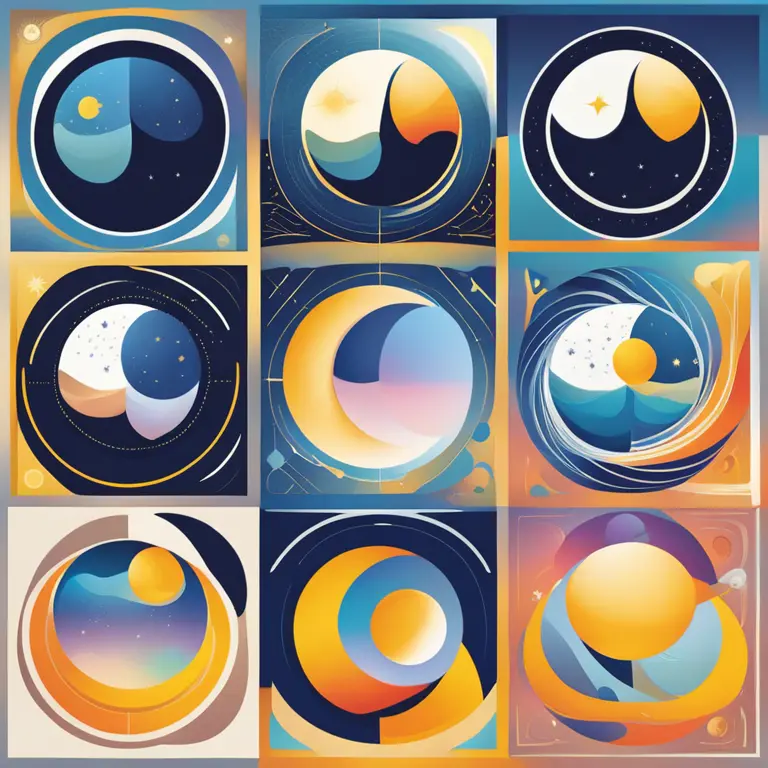
The Lunar Cycle: Origins of Moon Phases
Discover the astronomical phenomena behind the ever-changing phases of the Moon, and how these cycles play a significant role in astrological interpretations.
article by Priya Deshmukh
Introduction to Moon Phases
Every night, we witness the Moon's mysterious transformation in the sky. These changes, known as the Moon phases, are a result of its orbital dance with Earth and the Sun. The Moon's position relative to Earth and the Sun's illuminating rays determine the visible phase on any given night. Understanding this celestial ballet is crucial for interpreting its astrological significance, as each phase carries its own energy and influence for the year 2024 and beyond.

The Science of Moon Phases
The Moon orbits Earth approximately every 27.3 days, a cycle that's slightly different from the 29.5 days it takes to cycle through all its phases, known as a synodic month. This discrepancy is because as the Moon orbits Earth, our planet is also moving around the Sun, requiring the Moon to travel a bit further to reach the same phase position relative to the Sun. The phases range from the New Moon, when it is aligned between Earth and the Sun, to the Full Moon, when Earth is between the Moon and the Sun.

New Moon to Full Moon
The lunar phase cycle begins with the New Moon, which occurs when the Moon is in conjunction with the Sun and its illuminated side faces away from Earth. As days pass, a growing sliver of light appears, marking the Waxing Crescent phase. This growth continues through the First Quarter, when half the Moon’s face is illuminated, and into the Waxing Gibbous phase. The cycle reaches its climax during the Full Moon, a time traditionally associated with heightened emotions and revelations, especially poignant in the coming astrological forecasts for 2024.

Waning Phases and Renewal
After the Full Moon, the Moon enters the Waning Gibbous phase, initiating a period of release and decrease. This phase transitions into the Last Quarter, a reflective time when half the moon's disk is illuminated on the opposite side compared to the First Quarter. The Waning Crescent phase follows, leading back to the darkness of the New Moon. Astrological practices considering these waning periods often focus on letting go, healing, and preparation for the new cycle ahead.

Lunar Phases and Astrology
Astrology assigns specific meanings to each lunar phase. In 2024, for instance, the New Moon might signal a time for manifesting intentions, while the Full Moon could be an auspicious time for releasing and culminating projects. The intricate pattern of these phases forms an essential part of astrological charts and horoscopes, with practitioners examining the Moon's sign and the aspects it makes to other celestial bodies to glean insights into personal and collective futures.
Reflecting on the Moon's Impact
As one contemplates the visible changes in the moonlight, it's easy to understand why the Moon's phases have been revered throughout history. Their consistency and predictability provide a celestial clockwork that has guided humans in agriculture, spirituality, and science. The cycles of the Moon serve as a reminder of the natural rhythm of life, death, and rebirth, a pattern that continually influences our world and the astrological energies that guide it.
Published: 1/19/2024
Modified: 1/19/2024
More predictions
Come back here soon to learn more about yourself and your future


Moon Phases: Romantic Connections & Partnership
Discover how the lunar cycle influences romantic connections and partnership dynamics in life.


The Influence of Your Moon Phase Birth
Discover how the moon phase at your birth affects your personality and life path in this insightful article.


Lunar Phases and Your Horoscope
Discover how moon phases can influence your astrological readings and personal growth in this insightful guide to lunar horoscopes.